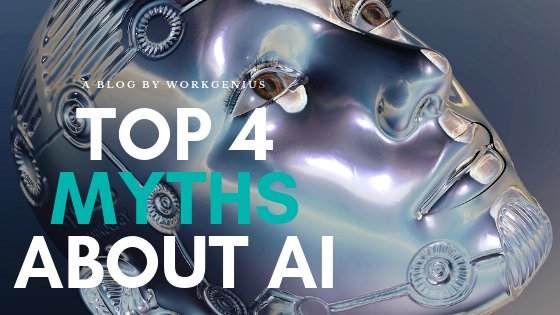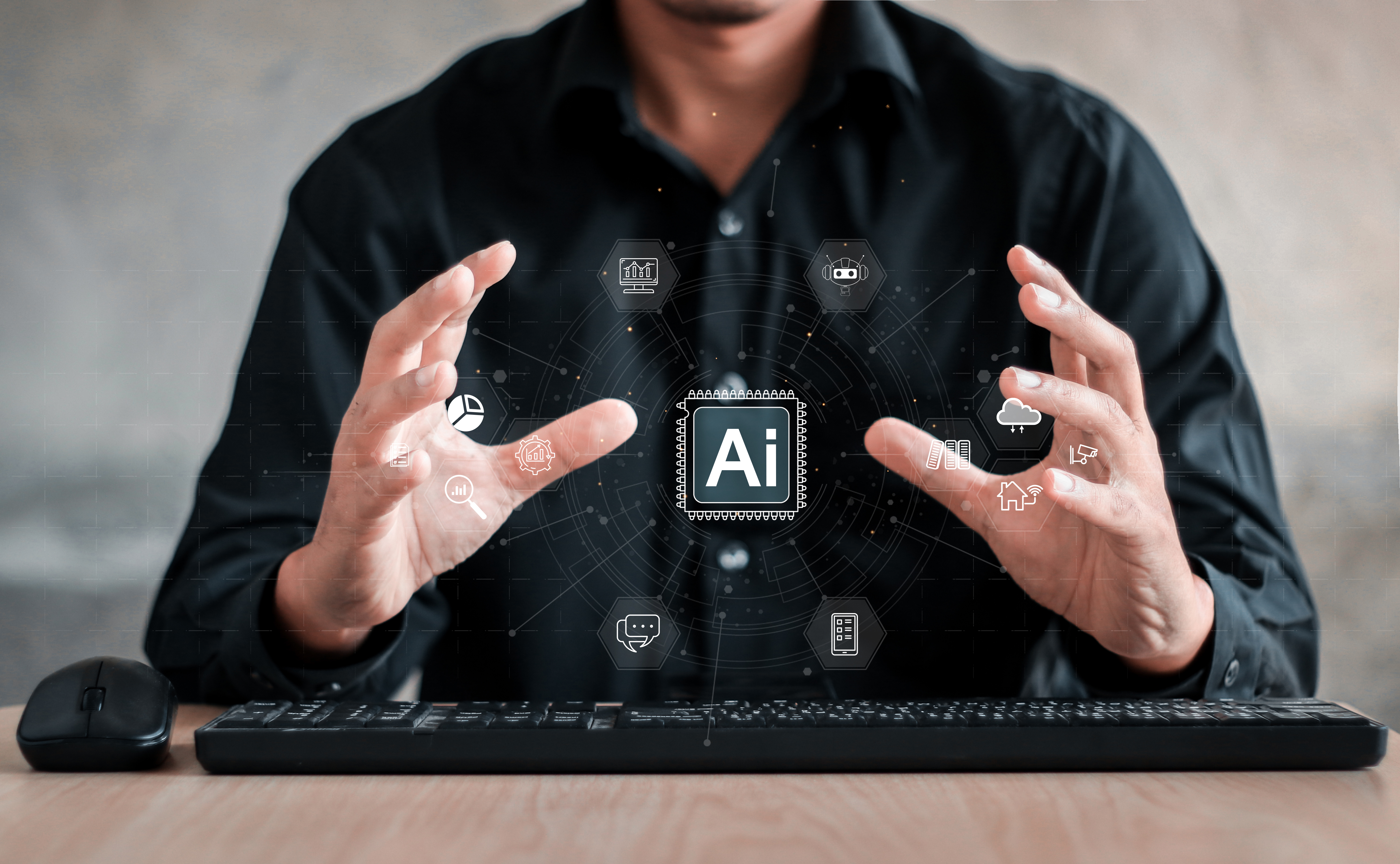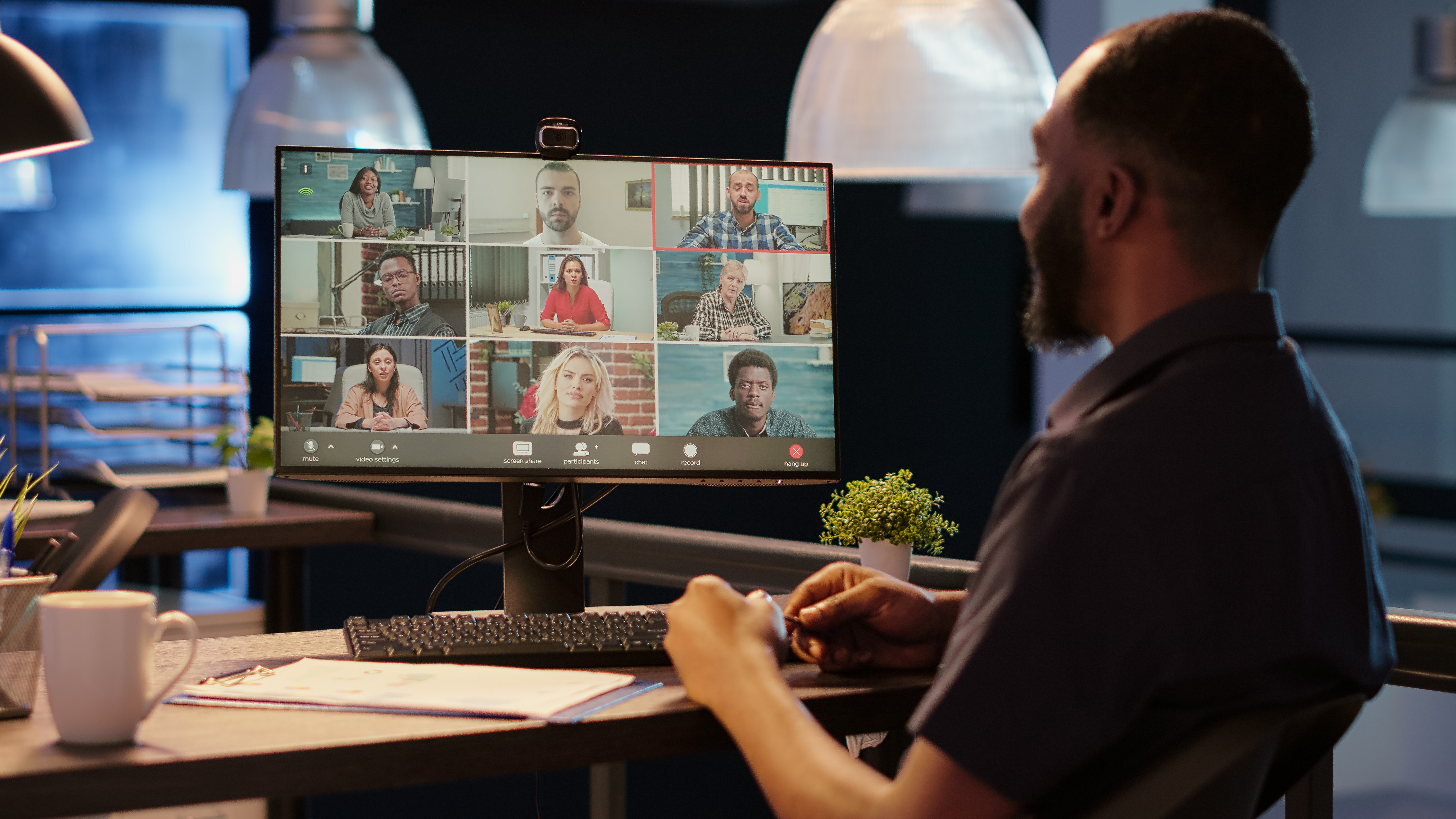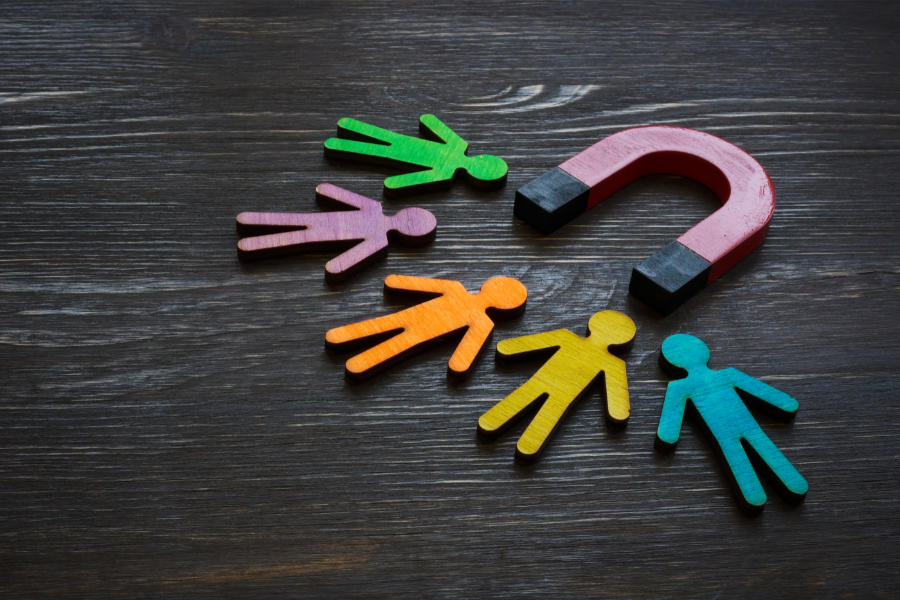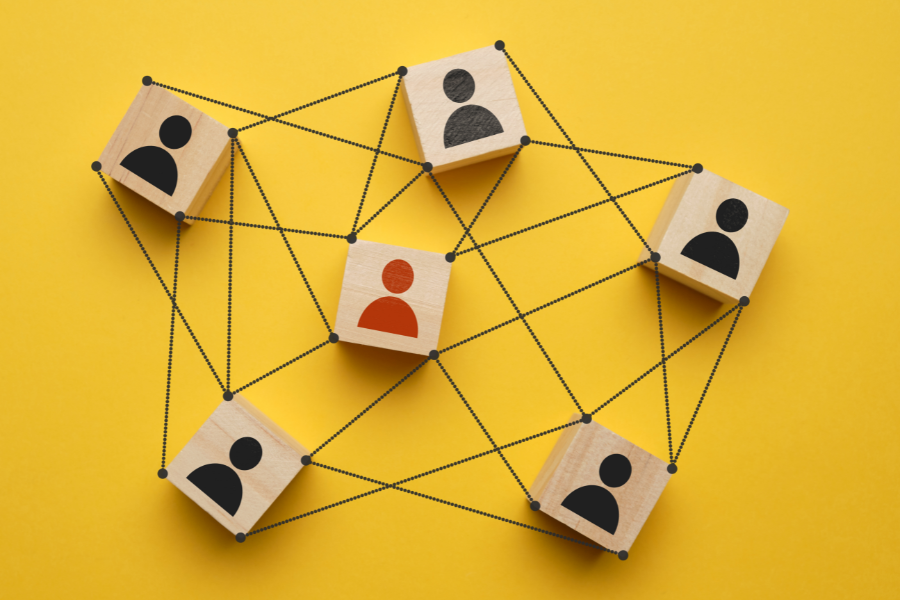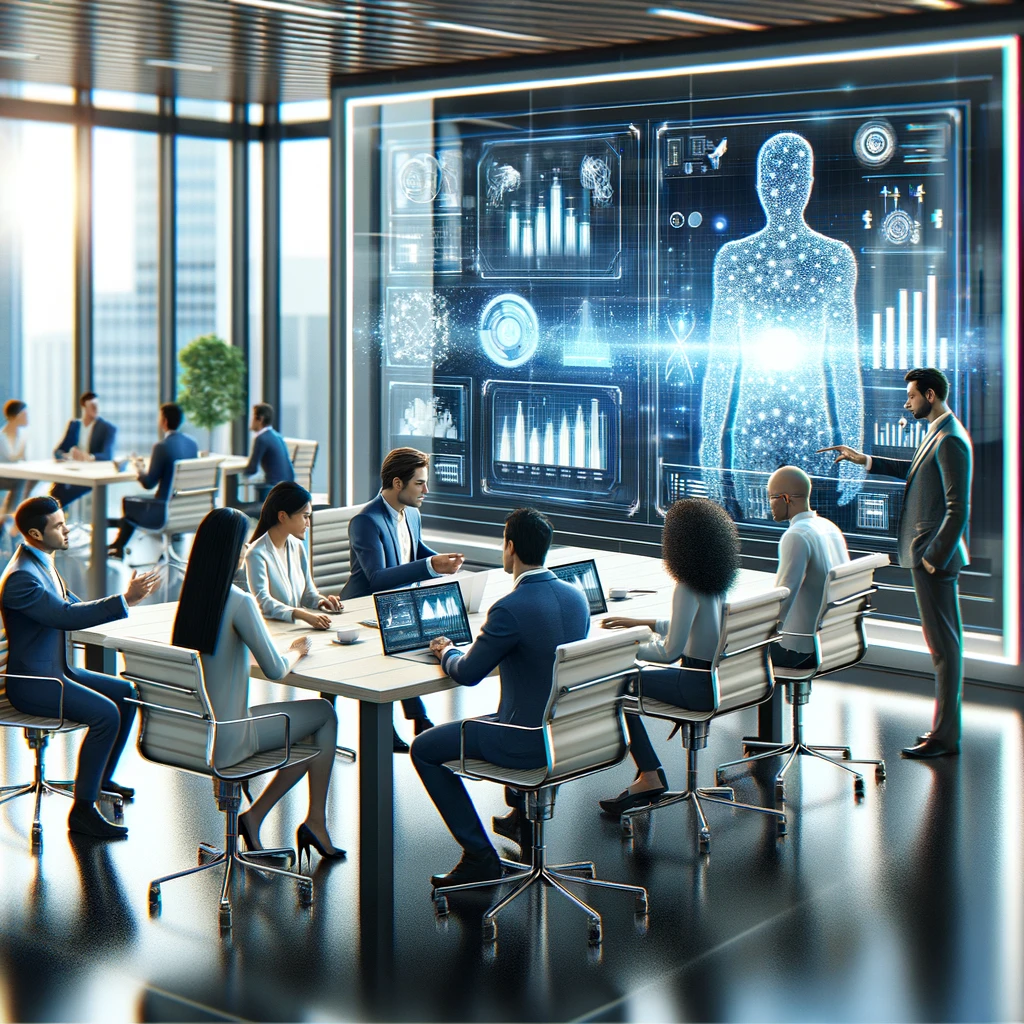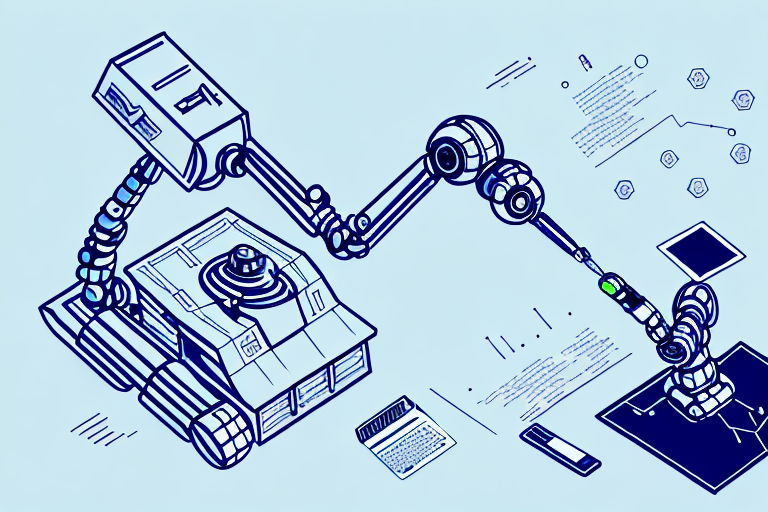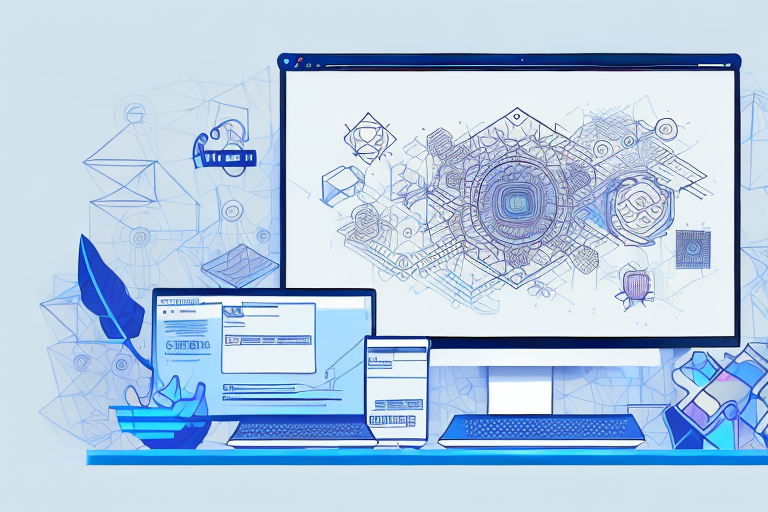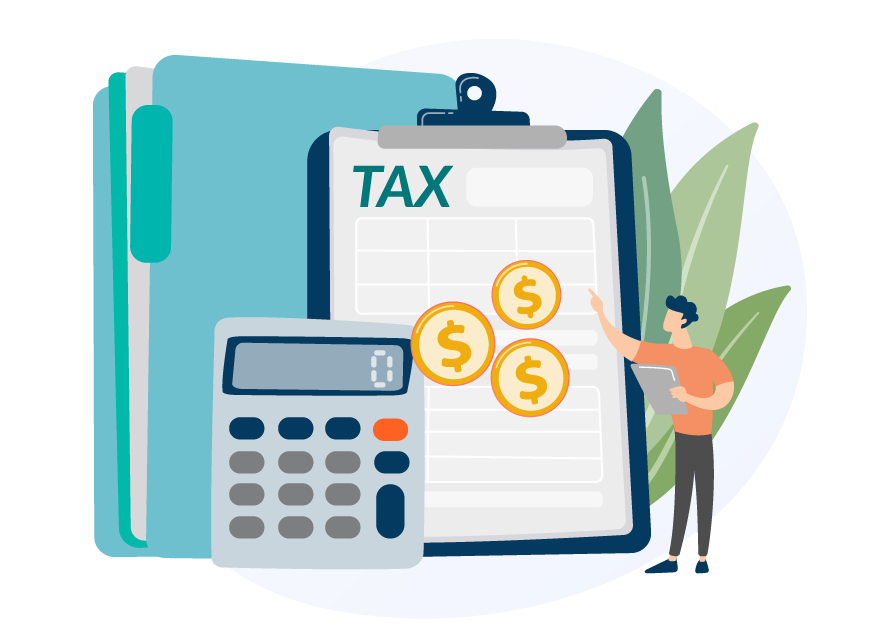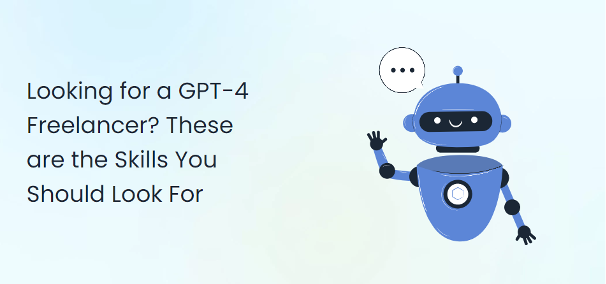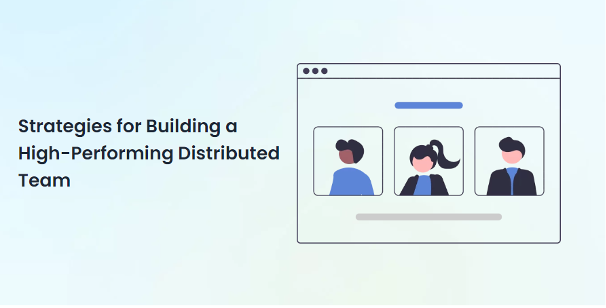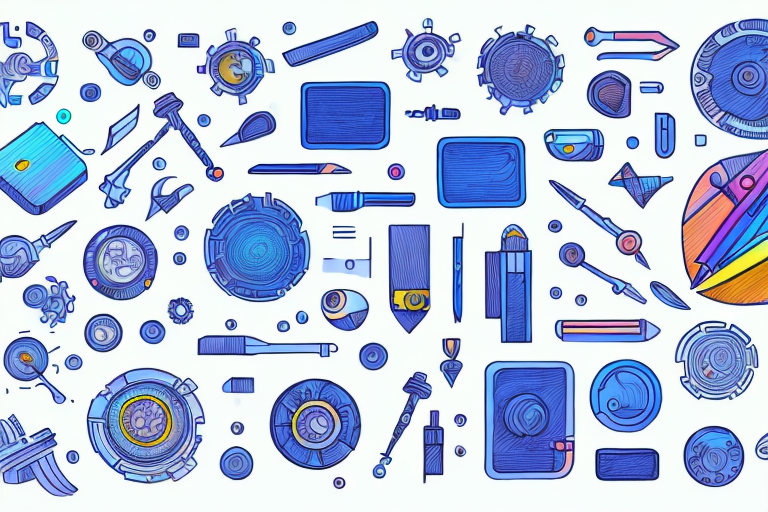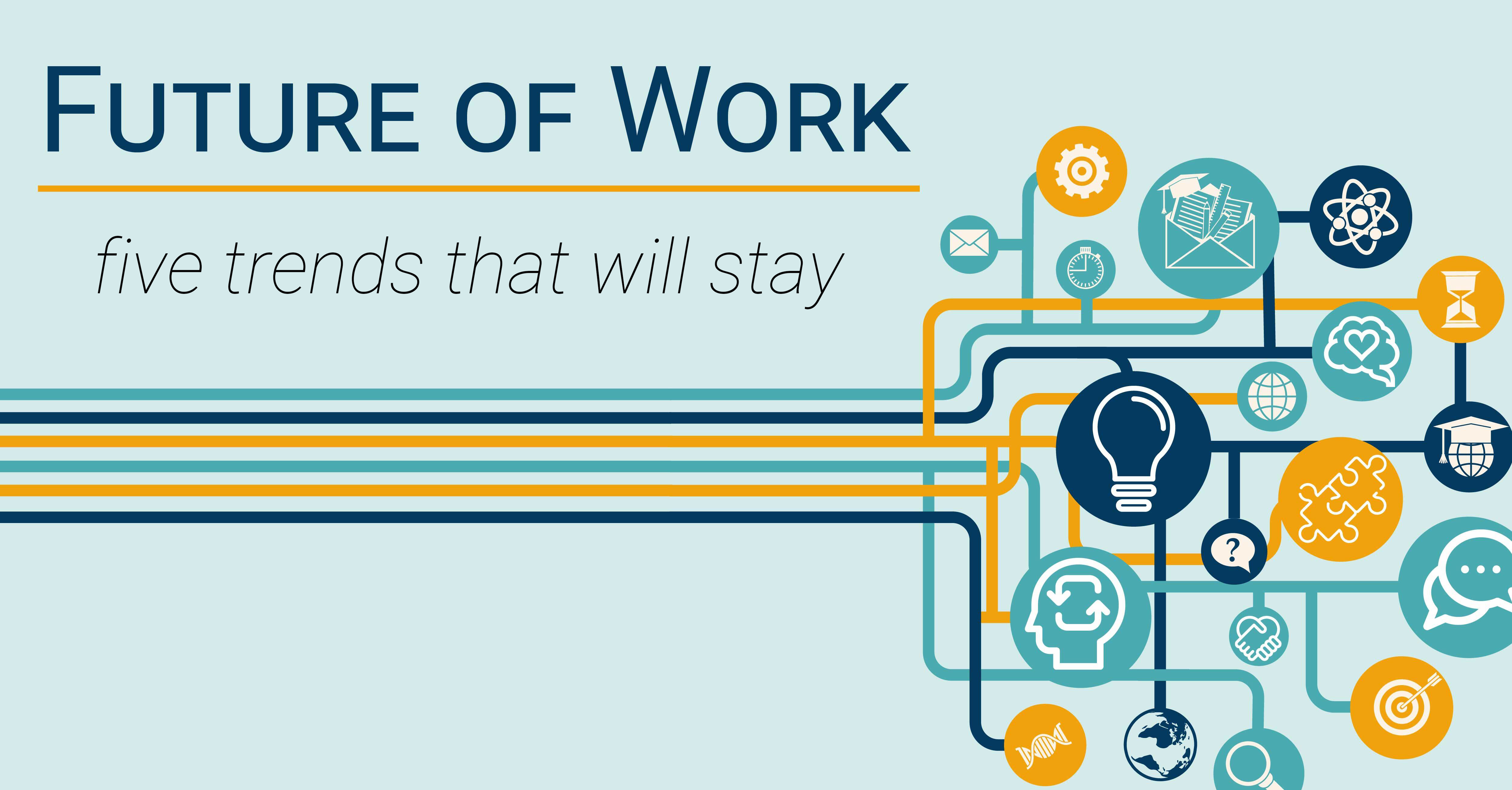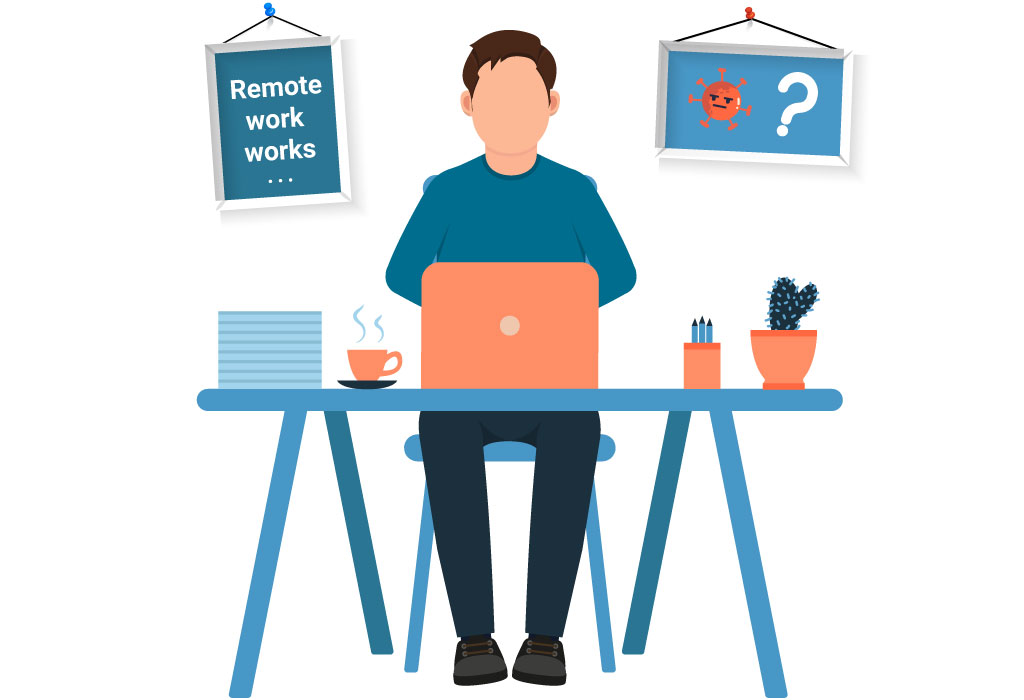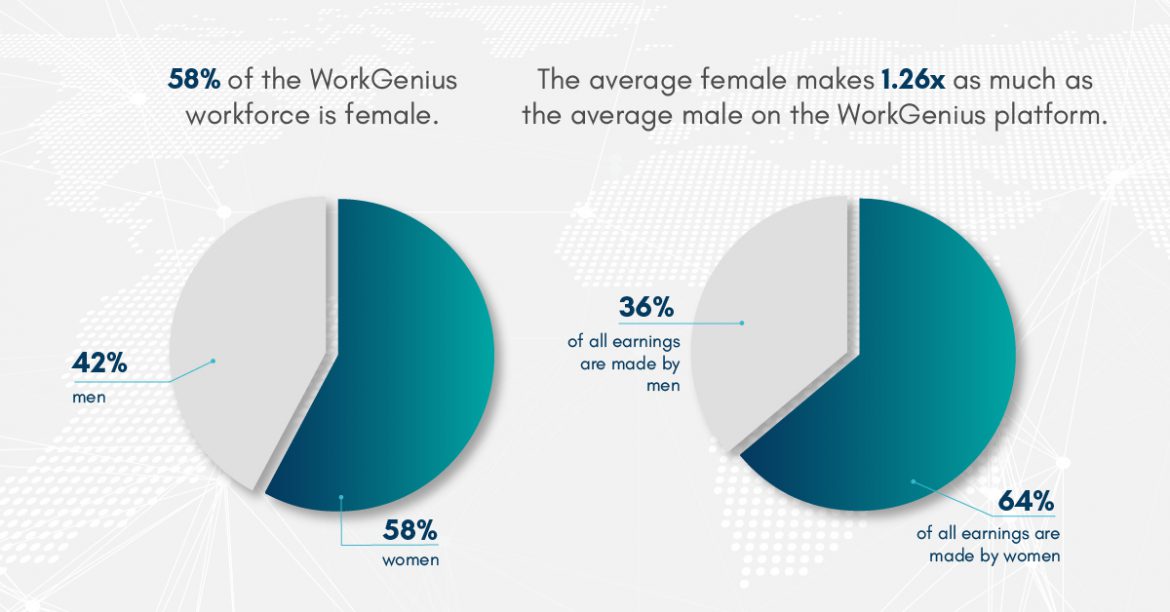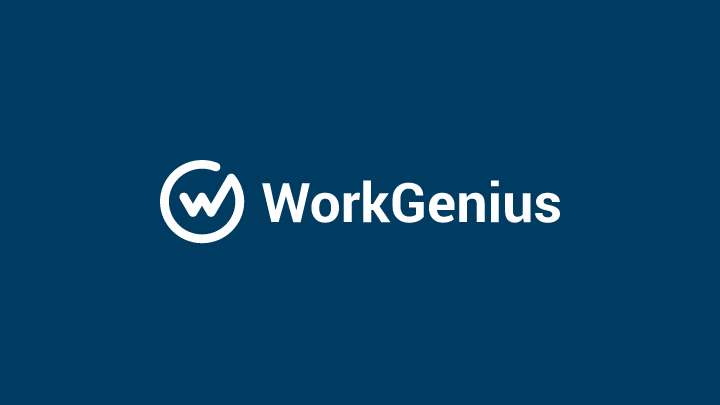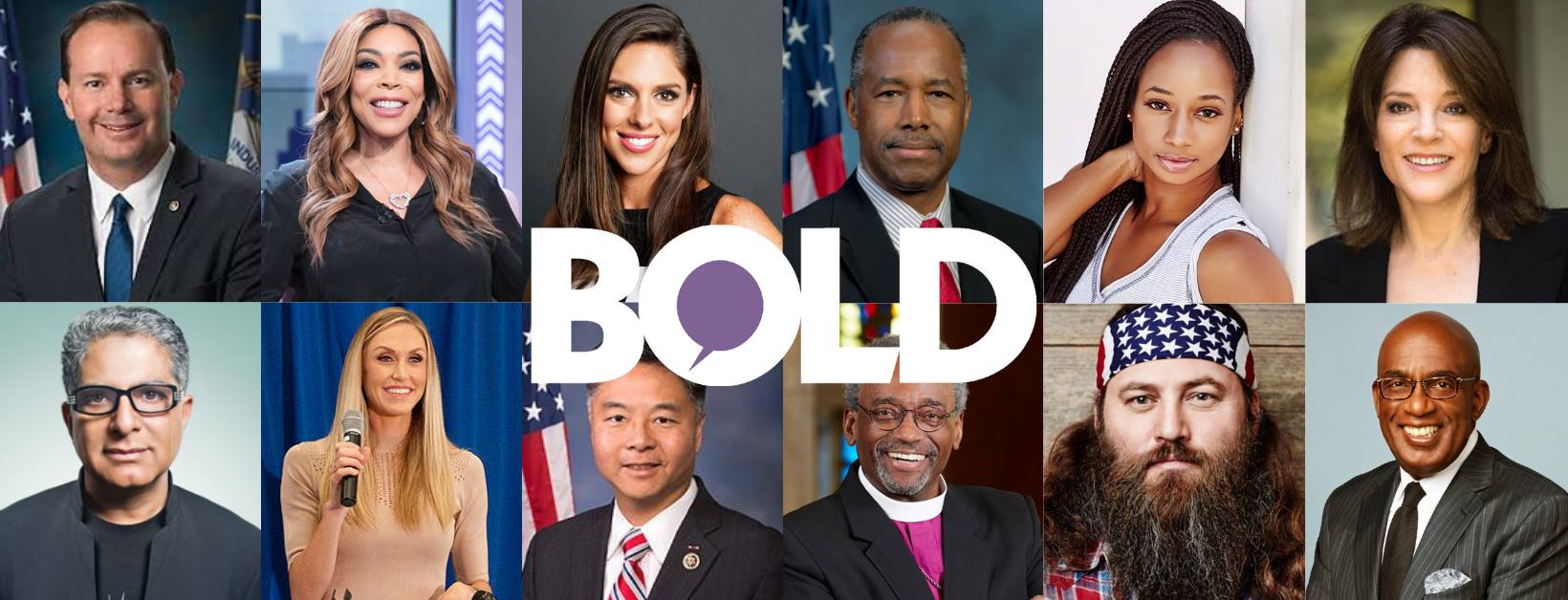If you’ve read any media in the past several years you’ve probably heard the buzz around “AI” and claims like unemployment rates will skyrocket as AI-enabled robots take over our jobs. Sounds a bit apocalyptic–but false. Artificial Intelligence is a computer science simulation of the human mind that is able to process reason, discover meaning, and use experiences to learn and refine it’s logic. The field of AI has been around for decades, but true human-like intelligence has yet to be achieved. While you’ve already started interacting with AI in some shape or form–maybe using Siri for voice recognition or picking a film curated by Netflix’s recommendation algorithm–the noise around artificial intelligence, robots, and technology has bred a long list of myths and misconceptions, especially on its impact to humans and our future of work. Here’s a list of the top myths about AI and a break down of everything you need to know.
Myth #1: Artificial Intelligence thinks just like a human
Contrary to popular belief, although AI is highly equipped to process complex data and complete tasks efficiently, it still lacks cognitive thought and needs to follow the logic and datasets human have created for it. We also haven’t cracked the code on how AI can match the human ability to adapt to changing scenarios and process abstract concepts such as sarcasm, sadness, and joy. Although AI has come a long way since the field was founded in the 50s, it is still very much reliant on humans building it’s framework.
Myth #2: AI is too difficult to adopt
Accenture reports that if companies across all industries were to invest in AI at the same level as top performing companies, they could boost revenue levels by 38%. Which leads us to conclude that although Artificial Intelligence is thought to be a powerful tool, it’s still intimidating to implement. While it may not be widely adopted by all businesses now, we predict that it will be. We already see Google for example, use AI to detect when it’s data centers heat up and automates a cooling system when needed, saving them thousands in high energy costs. Amazon also leverages AI with predictive forecasting to help them make strategic fulfillment decisions. At the minimum, all organizations will consider if their business challenges can be solved by AI and what a strategy could look like for their team.
Myth #3 AI will hurt employment rates
While it is true that certain industries like manufacturing will be hit harder than others with the adoption of AI, Gartner claims that more jobs will rise from AI than those displaced. According to their report, by next year AI will remove 1.8 million jobs in the U.S. but to our advantage will create 2.3 million new ones. Further good news, the unemployment rate in the U.S. today is 3.6%, the lowest it’s been in nearly 5 decades despite the increased adoption of AI. These changes will not only affect the internal workforce but self-employed workers too. Deloitte reports that by 2020, alternative workers across various industries will rise to 42 million.
“I think, combining artificial intelligence with human intelligence creates the super hero we’ve been waiting for. Yes, people are afraid of what is to come but fear is what dominates this world – it will be those fearless leaders who take action now that will blaze the trail for other companies to follow.”
-Sheri Homayoon, Director of People and Performance
Myth #4: AI isn’t effective with human collaboration
The best AI strategy a company can implement is one that uses an augmented workforce, combining Artificial and Human intelligence together. Gartner backs this theory up, claiming that AI augmentation will generate $2.9 trillion in business value and recover $6.2 billion hours of work productivity back. It is widely agreed that AI will help humans complete their routine work, free up their time, and restructure their job demands. Deloitte calls this workforce transformation, “superjobs.” Superjob employees will work closely with AI to make technical and interpretive, problem-solving decisions to optimize the process. These new types of jobs will require investments in reskilling employees and ongoing support as they emerge. Luckily, there are emerging AI collaboration tools that can help make this seamless, such as AI-enabled workforce solutions that allow teams to offset scalable tasks with external talent and put time back in their schedules to focus on other initiatives.
A Revolution
In the 3rd Industrial Revolution, we saw the rise of computerization overtake the workforce and as we enter the 4th, AI will shift the way we work again. Just like every industrial change before this one, there will be sentiments of fear and doubt before it becomes widely adopted. Yes, Artificial Intelligence will play a big role in the future of work and it will be disruptive but it is completely within our control to use it to our advantage and enable humans to focus on thoughtful work and leave routine tasks in the past.
